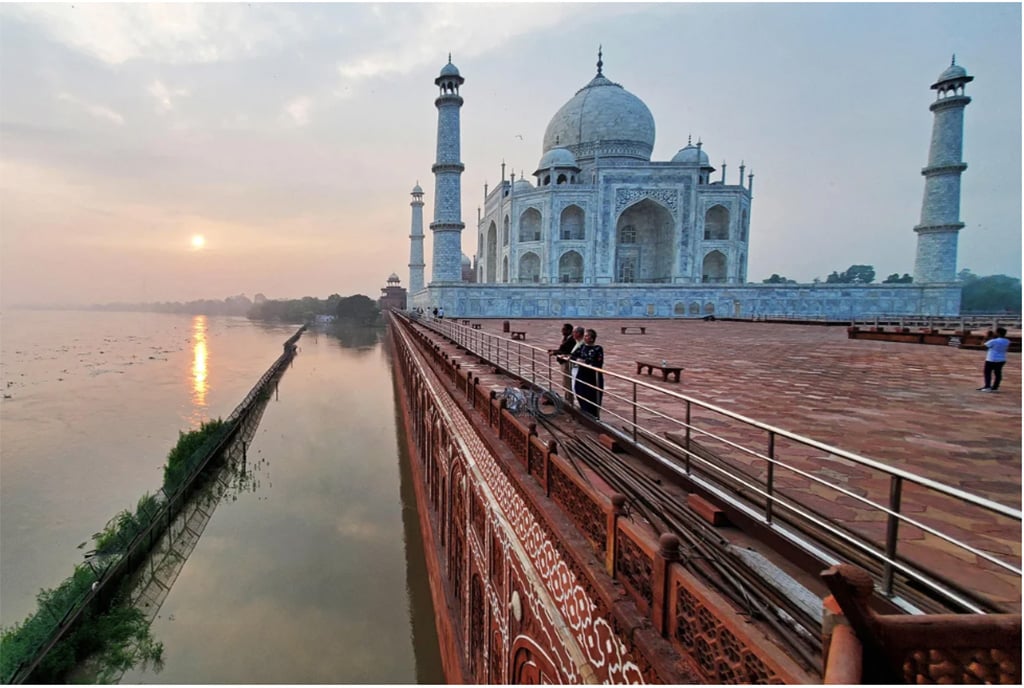
This is the warning given by the United NationsEducational , Scientific and Cultural Organization (UN) in a report published on July 1.
As global temperatures continue to rise, scientists warn that extreme weather events such as storms, droughts, floods and heatwaves are becoming more frequent and intense, directly impacting 73% of the 1,172 non-marine UNESCO World Heritage sites.
These heritage sites are facing at least one of the severe water risks such as water stress, drought, river flooding or coastal flooding.
UNESCO highlights that water stress is expected to increase dramatically, particularly in regions such as the Middle East, North Africa, parts of South Asia and northern China. This poses long-term risks to ecosystems, cultural heritage, and the communities and tourism economies that depend on them.
UNESCO research also found that cultural heritage sites are often threatened by water scarcity, while more than half of natural heritage sites are at risk of flooding from nearby rivers. The UNESCO report found many examples of heritage sites struggling with water-related issues. Located in the city of Agra, Uttar Pradesh, in northern India, the Taj Mahal is facing severe water scarcity, leading to increased pollution and declining groundwater levels, causing damage to the structure. Or in Yellowstone National Park, in the US, in 2022, a major flood forced the site to close completely, causing more than $20 million in infrastructure repairs to reopen.
The southern Iraqi marshland, believed to be home to the biblical Garden of Eden, is under extreme water stress, with more than 80% of its renewable water supplies being drained to meet human demand. Competition for water is expected to escalate in the region as temperatures rise in the coming years, affecting migratory birds and buffalo herding.
These examples highlight the urgency of taking action to protect and sustainably manage water resources. Otherwise, humanity risks losing precious heritage that is a testament to the history and natural beauty of our planet.
Source: https://baoninhbinh.org.vn/khung-hoang-nuoc-de-doa-gan-75-di-san-toan-cau-581379.htm


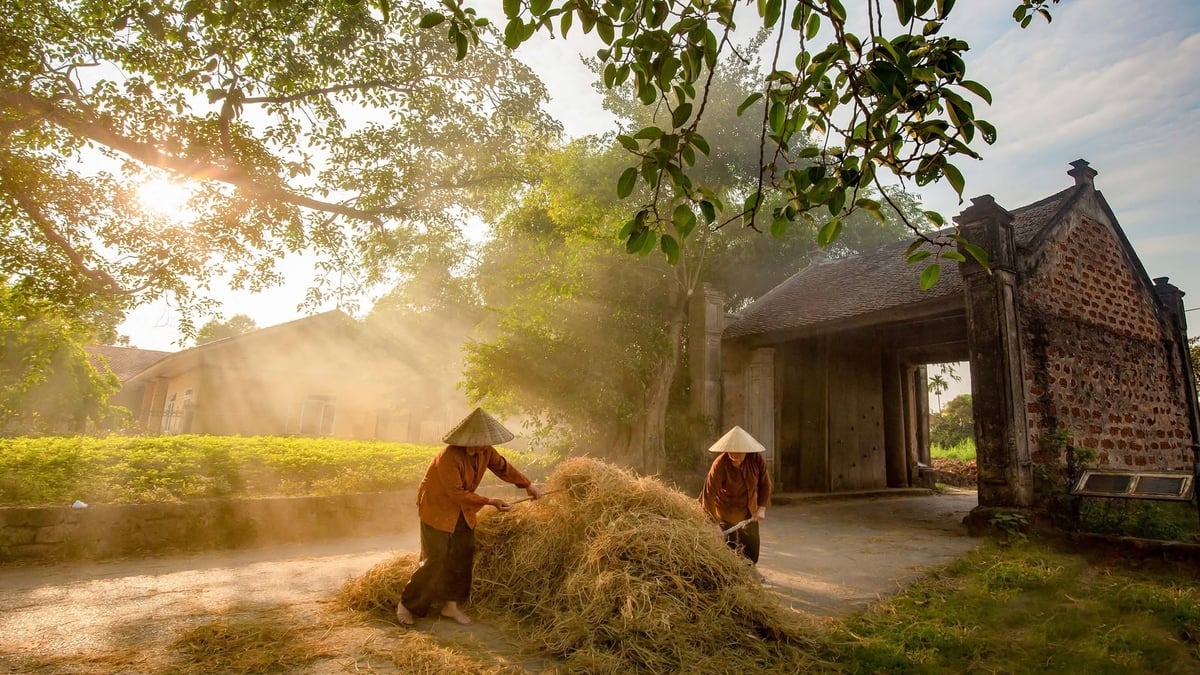
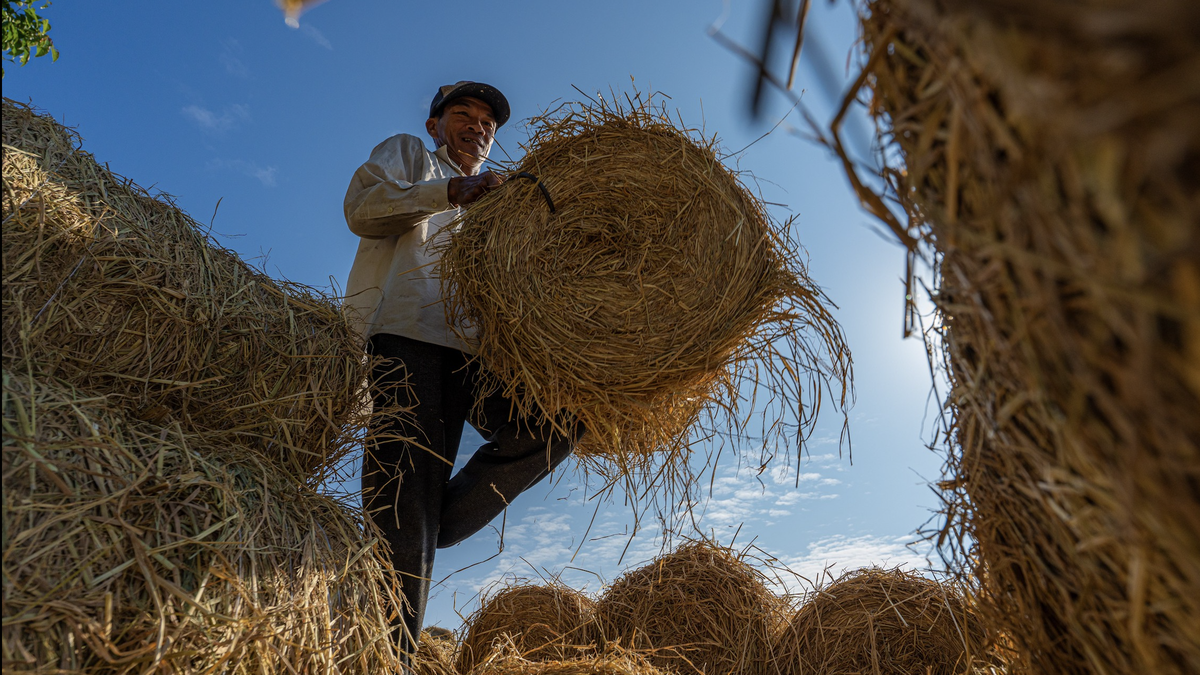
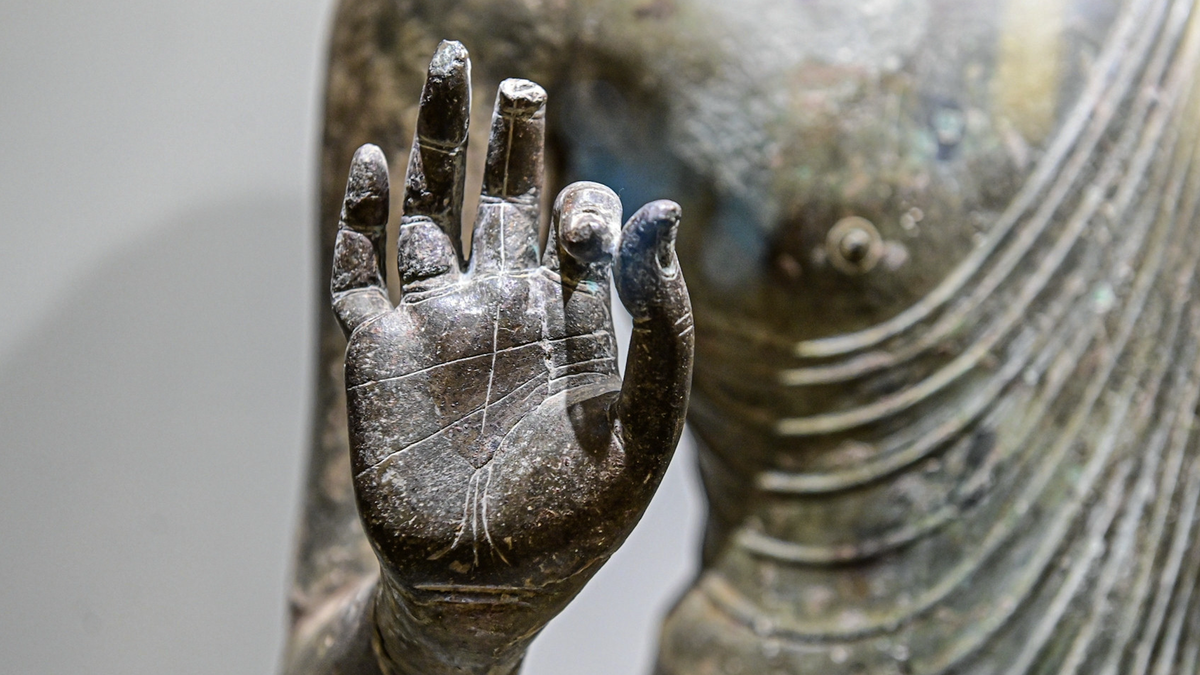
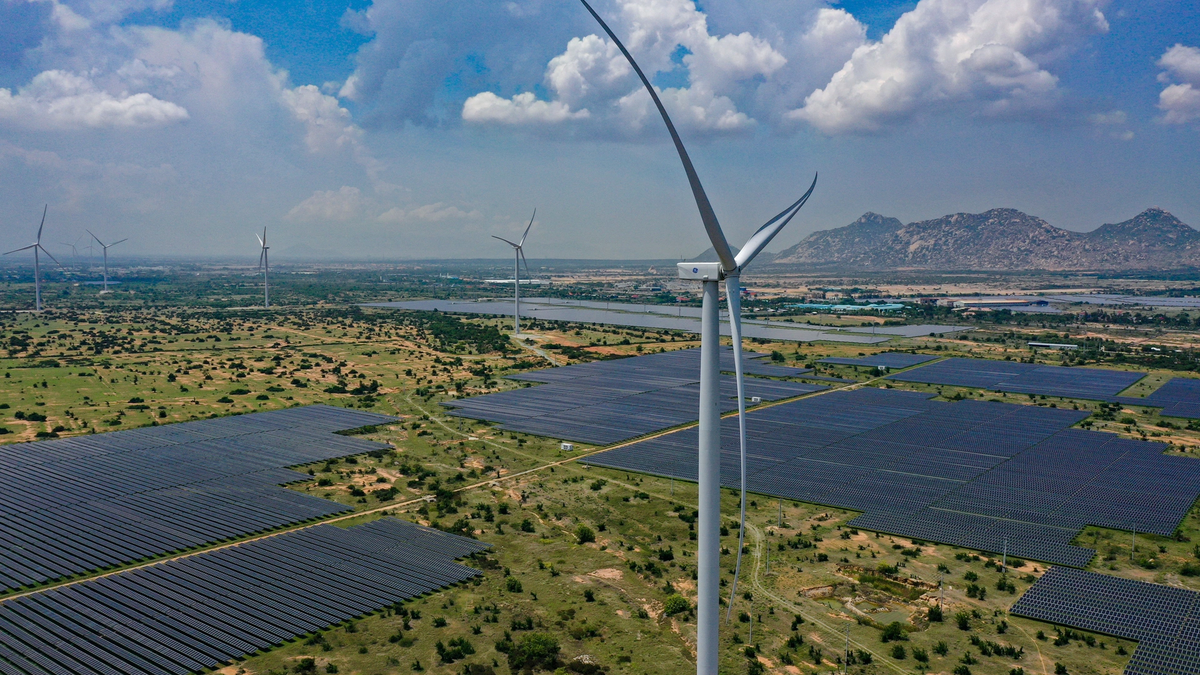

















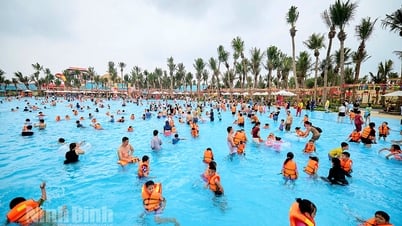







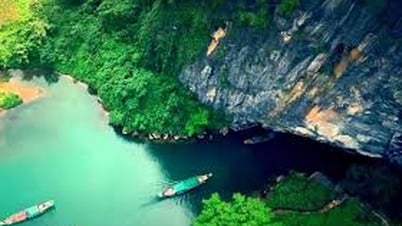

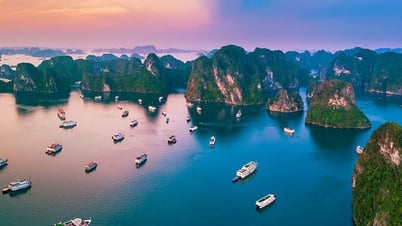



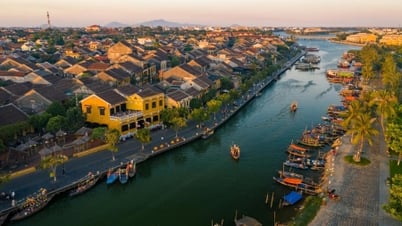

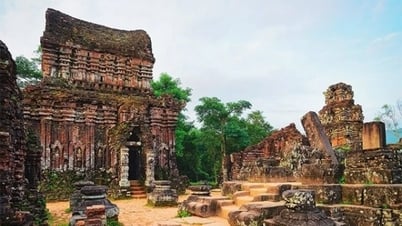
































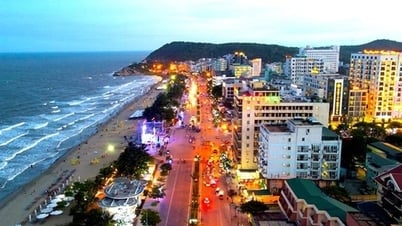

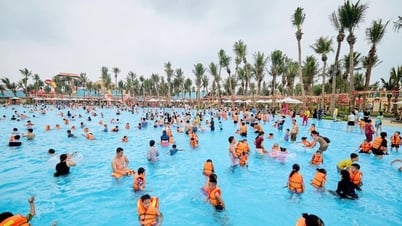












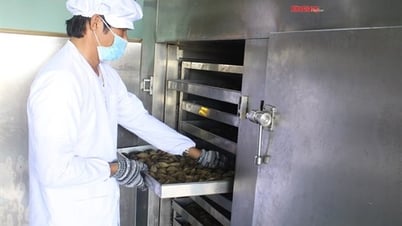












Comment (0)